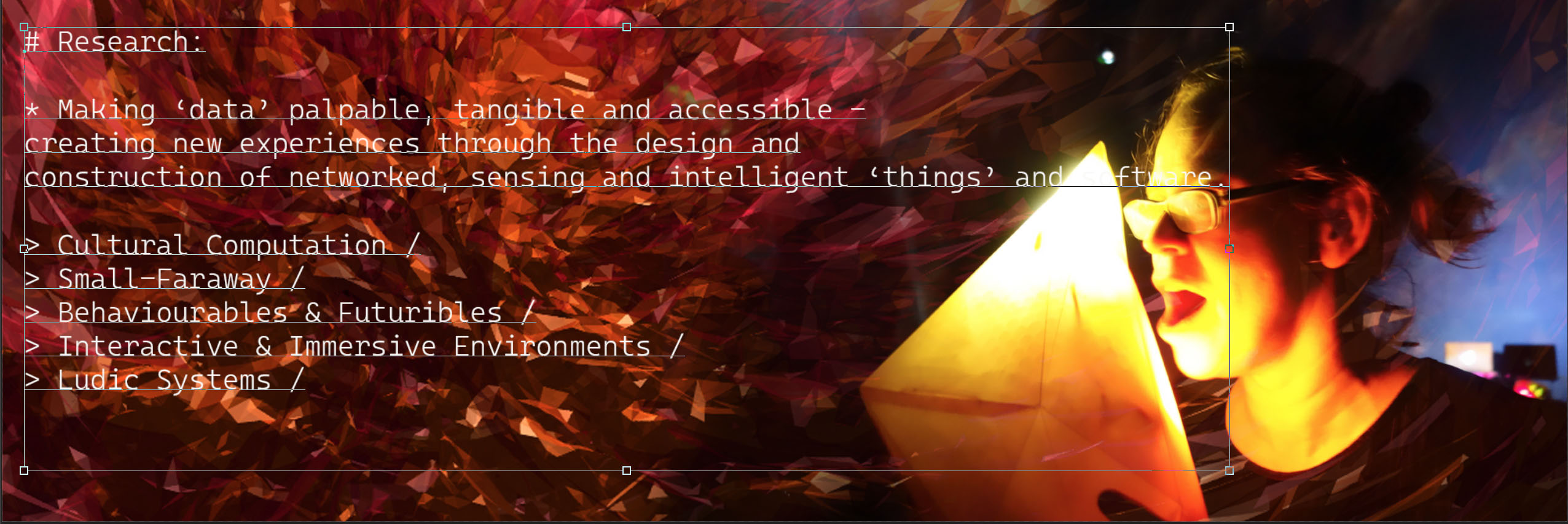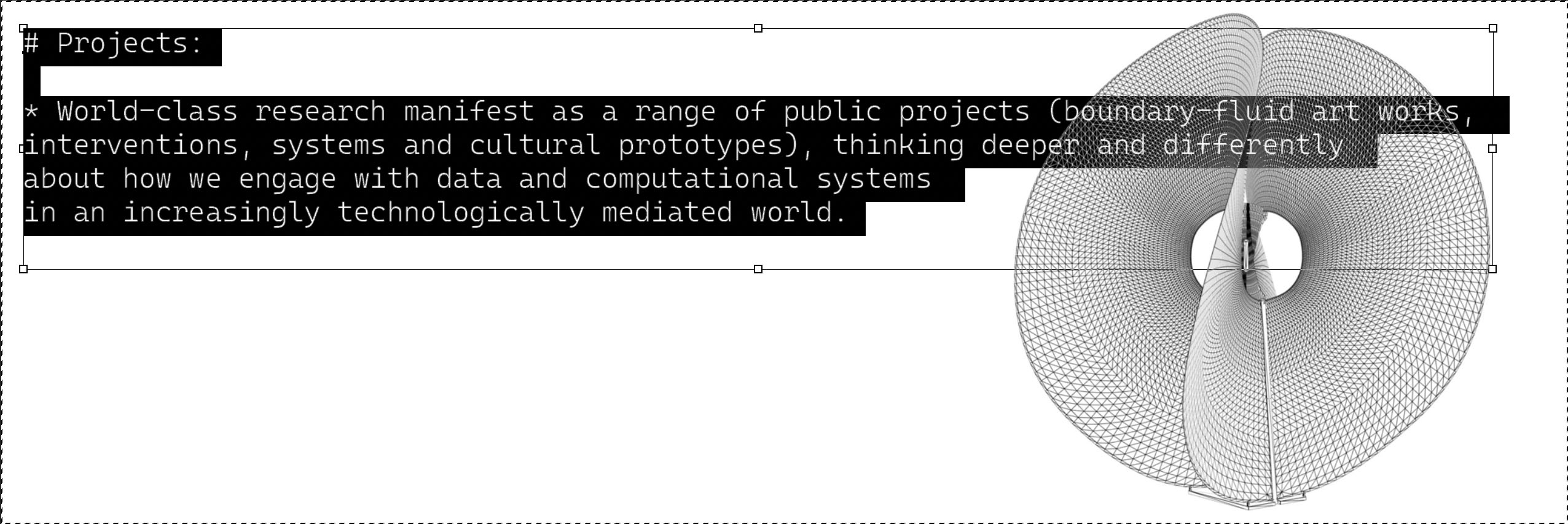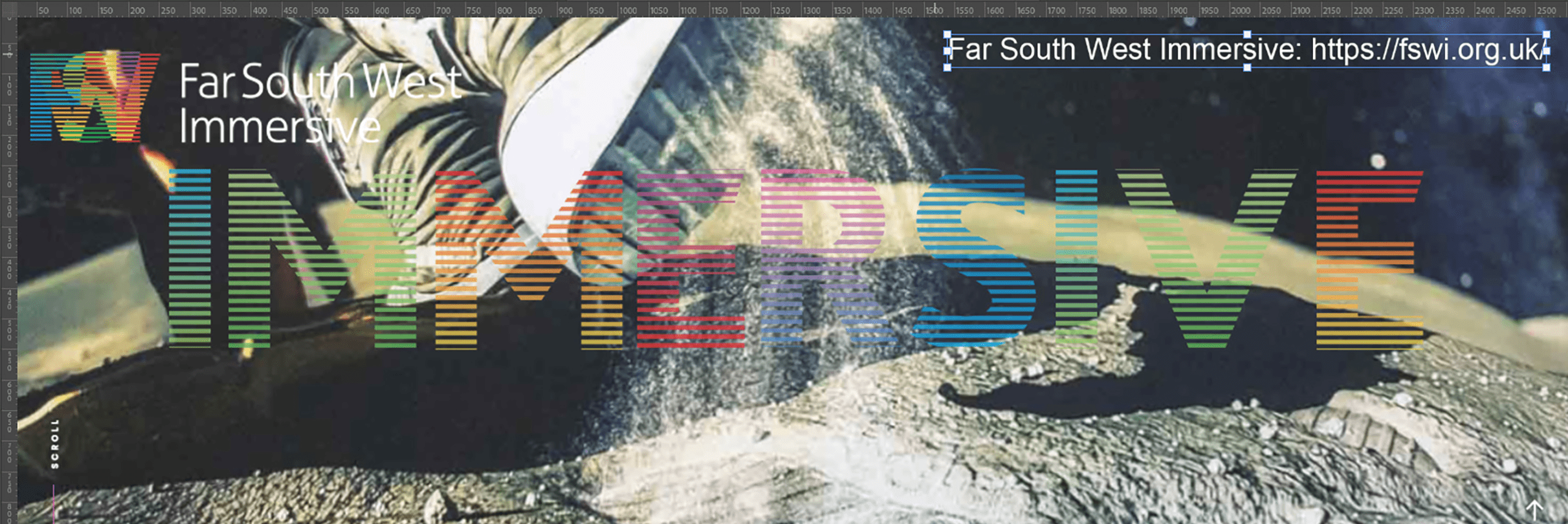
Autoicon is a dynamic internet work and CD-ROM that simulates both the physical presence and elements of the creative personality of the artist Donald Rodney who died from sickle-cell anaemia. The project builds on Donald Rodney’s artistic practice in his later years, when he increasingly began to delegate key roles in the organisation and production of his artwork. Making reference to this working process, AUTOICON is developed by a close group of friends and artists (his partner Diane Symons, Eddie Chambers, Richard Hylton, Virginia Nimarkoh, and Keith Piper) (ironically described as ‘Donald Rodney plc’ who have acted as an advisory and editorial board in the artist’s absence, and who specified the rules by which the ‘automated’ aspects of the project operate.

Psalms is the Autonomous Wheelchair constructed by Guido Bugmann for Donald Rodney’s “Nine Night in Eldorado” at the South London Gallery, 1997.The wheelchair uses 8 sonar sensors, shaft-encoders, a video camera and a rate gyroscope to determine its position. A neural network using normalised RBF nodes encodes the sequence of 25 semi-circular sequences of positions forming the trajectory. The control system comprises a laptop PC 586 running a control program written in CORTEX-PRO, and linked to a Rug Warrior board built around the 68000 microcontroller.
Original (with some tweaks) Psalms Code (courtesy of Guido Bugmann):

Original work c.1960, digitised 2019-20, Digital 3D Model. Gabo used transparent and reflective materials to harness light within sculptures. He also developed moving sculptures and designs for projections onto buildings. This 3D model follows Gabo’s innovative use of materials and technologies. Using 3D scanning and photogrammetry the original sculpture was captured in detail. The digital model was then made interactive using game engine software.”

Virtual Architectural Heritage. Building scanning for dynamic and navigable visualisations in VR and Fulldome Environments. 3D scans from the Artec Ray and Leo scanners (60 million polygons) with Nanite enabled rapid manipulation.






You must be logged in to post a comment.